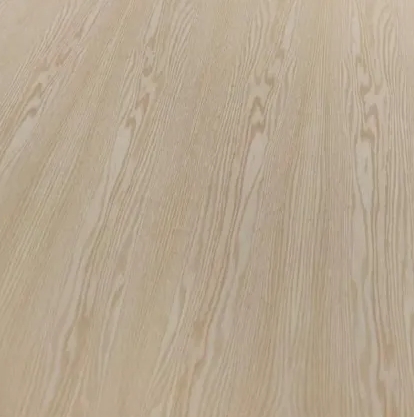What does ash plywood look like?
Ash plywood typically exhibits a light to medium-toned color with prominent grain patterns. The wood's appearance is characterized by its pale yellow to light brown hue, interspersed with darker streaks and knots, lending it a distinct and natural aesthetic. The grain pattern of ash plywood is generally straight but can occasionally feature subtle waves or curls, adding visual interest to the wood surface.
Origin and Characteristics:
Ash plywood is derived from the ash tree, a hardwood species belonging to the genus Fraxinus. Native to North America, Europe, and parts of Asia, ash trees are prized for their straight grain, resilience, and versatility. The wood is known for its excellent strength-to-weight ratio, making it a popular choice for a wide range of applications, from furniture and cabinetry to flooring and millwork.
The distinctive appearance of ash plywood is attributed to the unique characteristics of the ash tree's wood grain. The grain pattern of ash plywood is generally open and pronounced, with prominent growth rings and occasional swirls or cathedrals. This distinctive grain pattern adds depth and texture to the wood surface, enhancing its visual appeal and natural beauty.
Uses and Applications:
Ash plywood is valued for its aesthetic qualities, as well as its strength and durability. It is commonly used in furniture making, particularly for pieces that require a light-colored wood with a pronounced grain pattern. Ash plywood is also popular for architectural applications, such as interior paneling, doors, and moldings, where its natural beauty and resilience can shine.
In addition to its visual appeal, ash plywood offers practical benefits as well. The wood is relatively easy to work with, allowing for precise cutting, shaping, and finishing. It also accepts stains and finishes well, enabling a range of customization options to suit different design preferences and styles.
Impact and Significance:
The distinctive appearance of ash plywood has made it a sought-after material in the woodworking industry. Its light color and pronounced grain pattern lend themselves well to a variety of design aesthetics, from traditional and rustic to modern and contemporary. As a result, ash plywood is commonly used in both residential and commercial settings, contributing to the overall aesthetic appeal of interior spaces.
Furthermore, the availability of ash plywood provides designers, architects, and craftsmen with a versatile and sustainable material for their projects. Ash trees are fast-growing and abundant, making ash plywood a renewable resource with relatively low environmental impact compared to other hardwood species. By choosing ash plywood, individuals and businesses can support responsible forestry practices and contribute to the conservation of natural resources.
In Conclusion:
Ash plywood is prized for its distinctive appearance, characterized by a light to medium-toned color and prominent grain pattern. Derived from the ash tree, this versatile material is widely used in furniture making, architectural applications, and interior design. Beyond its aesthetic appeal, ash plywood offers practical benefits such as strength, durability, and ease of workability. With its natural beauty and sustainability credentials, ash plywood continues to be a popular choice for woodworking projects across various industries.
- Previous: None
- Next: None


